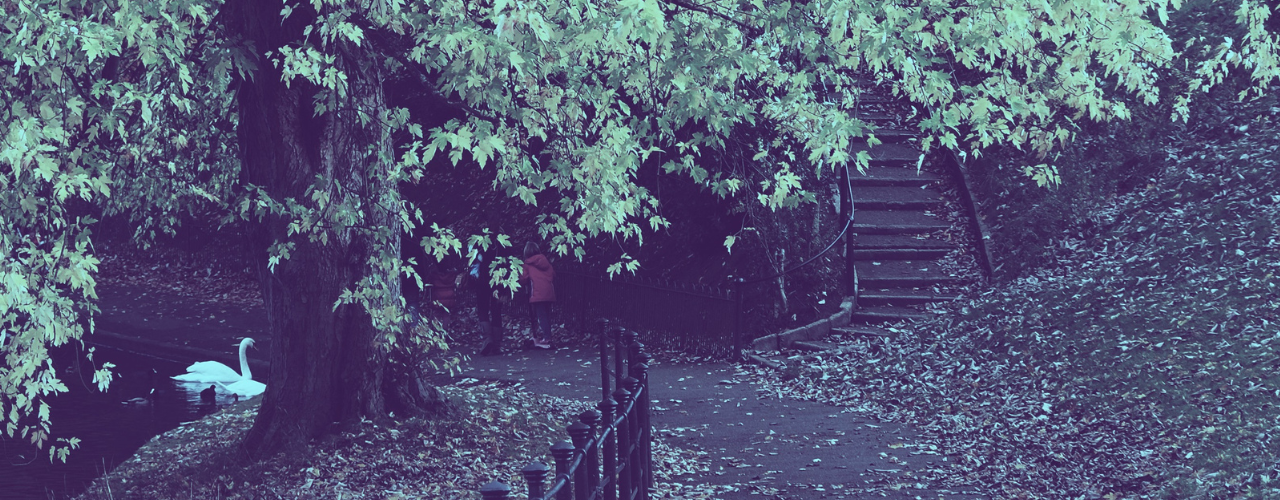
“We cannot protect something we do not love, we cannot love what we do not know and we cannot know what we do not see. And touch. And hear” Richard Louv
The report from the Citizens Assembly on biodiversity was launched earlier this month. It is the culmination of months of work, hours of discussion and the dedication of 100 citizens of Ireland chosen via a randomised selection process that attempted to ensure inclusive representation for people in range of categories including age and location.
The resulting report tells a story of the state of biodiversity, the journey the participants undertook to clearly see the depleted state of Ireland’s ecosystems and the ambition to turn the narrative around to strive for positive outcomes for our natural environment.
Where is the biodiversity?
In the assembly meetings the group learned that 25% of land in Ireland is currently home to the vast majority of our biodiversity, 65% is used for agriculture production and 10% under intensive forestry. Finding spaces where ecosystems thrive and biodiversity flourishes can be difficult, which affects our ability to know and therefore feel for our native flora and fauna. The report stressed that biodiversity is undervalued, particularly in the agricultural system. The previous CAP payments scheme incentivised removal of scrub, wetlands and other habitats to maximise grazeable land, with the result that even farmers who wanted to maintain biodiversity on their lands were forced to decide whether to prioritise this or their income.
Beyond agriculture we see this undervaluation of biodiversity every day. Developments fail to take care to protect existing habitats; trees are routinely cleared in the name of road safety, when they are deemed dangerous or to satisfy the demand for fuel. We value what we understand. Diseased and dying trees are deemed worthless, they function they provide within ecosystems – as a home for other plants, animals, sources of nutrients and soil formation – are misunderstood leading to their removal. The risk, no matter how slight, outweighs their function. Flood defences tend to consist of concrete walls and covering over rivers and streams rather than looking at the source of the issue and restoring the wider catchment area. Our current regulations to protect biodiversity are more often than not considered obstacles which should be worked around rather than reminders of the habitats’ importance.
This issue stretches beyond our terrestrial land. The majority of marine biodiversity is, by its very nature, not visible to us. We cannot see below the water line to see the damage that is being inflicted by intensive fishing, pollution, acidification and increased water temperatures. The assembly heard that not only is biodiversity not very accessible, our knowledge of biodiversity and its importance is also lacking. Students are not learning about it adequately in schools. We need to “notice the nature around us, to engage with nature, to create a nature table in their minds. When one notices nature, it is almost impossible not to feel emotions”.
Noticing Nature
For many of us, the first few months of the Covid-19 lockdowns were a time when we noticed nature more. We walked around our local areas. Without the noise of traffic, we were able to hear the sounds of nature that were previously drowned out. It pushed us into a closer contact with biodiversity and the natural environment than we may have had before.
But for some people, staying within 2 or 5km of home meant they were outside the range of access to parks, healthy ecosystems in which to experience biodiversity. Environmental justice issues were highlighted by the inequality of access to green spaces. In some areas of our cities and towns, a walk around the local areas during lockdown merely highlighted the absence of biodiversity there. Inhabitants experienced the eerie sights of a deserted urban environment instead of enjoying the sights and sounds of grassy, tree-filled parks. When we are listening to people who talk about biodiversity we also need to listen to people who are excluded – who may appear not to care, but only because they have had little opportunity to experience the natural environment.
This is the only criticism that could be levelled at the Citizens Assembly process. Care was taken to ensure a balance of gender, location and profession however there were no specific criteria to ensure participation of a variety of socio-economic groups. While this may not have had material influence on the final report – social justice issues including energy poverty were considered and incorporated – the deliberate inclusion of everyone from all social groups is an important factor in itself. We do not all experience biodiversity and the natural environment in the same way – it depends on our available time, where we live, our access to transport and our disposable income. Learning from all of these experiences is important work.
We cannot experience what is not there and so the circular nature of this issue becomes apparent. Are we so bereft of natural ecosystems that we cannot organically come to know biodiversity through sight, sound and touch? What steps do we need to take to try and remedy this situation allowing us all greater opportunities to come into contact with the natural environment? The potential solutions will need to be many and varied – there is no silver bullet when it comes to appreciation of biodiversity.
The report makes many recommendations spanning from more sustainable agriculture, increased funding from the state, supporting community groups, education and management of protected sites. To ingrain nature into our everyday lives we need it to become more abundant, we need to experience it where we live, when we travel, where we work and play. Designing buildings which maximise our engagement with nature, constructing biodiverse rich active transport infrastructure which allow us to absorb the sights and sounds as we move though urban centres and protecting our remaining intact ecosystems are important actions if we want to learn to love and protect our natural environment.

